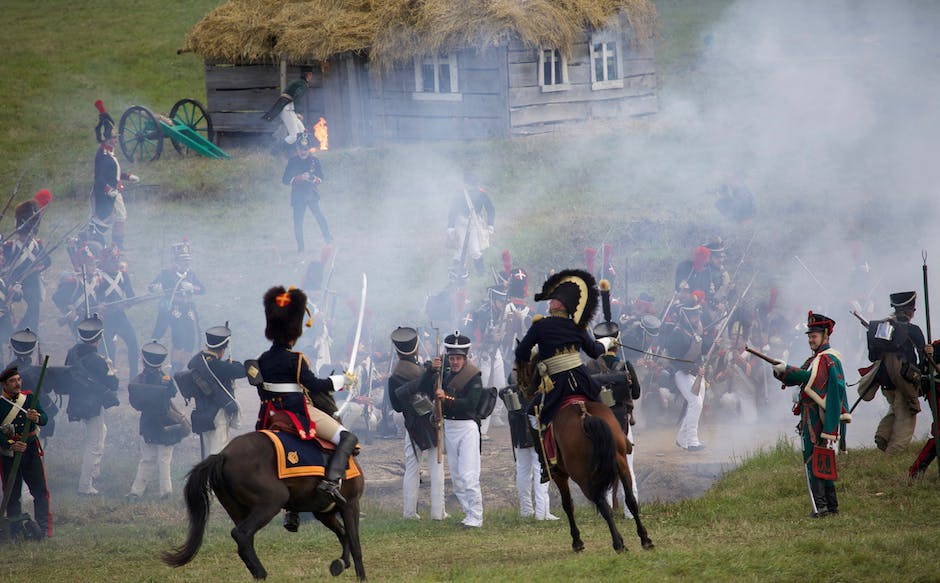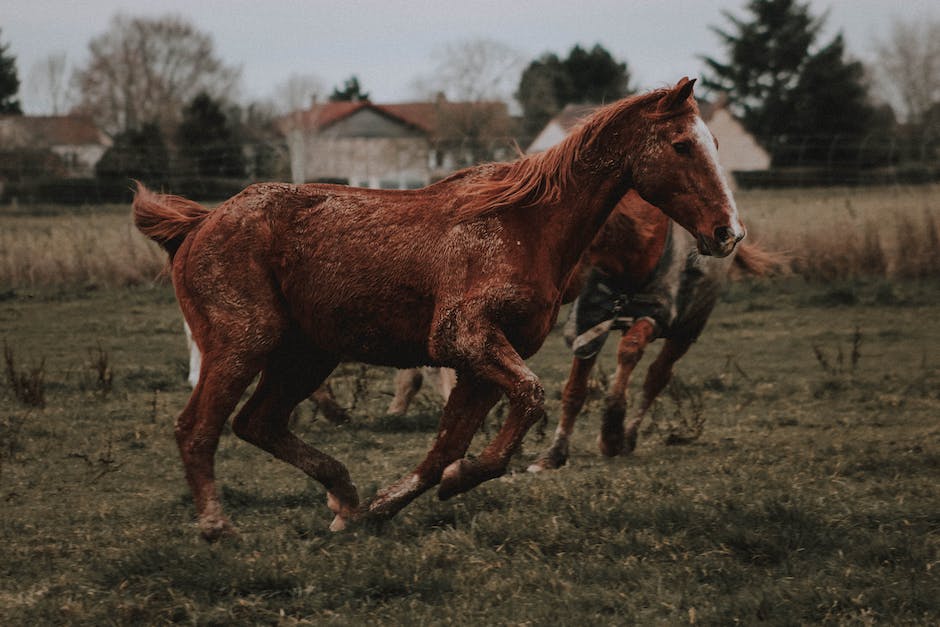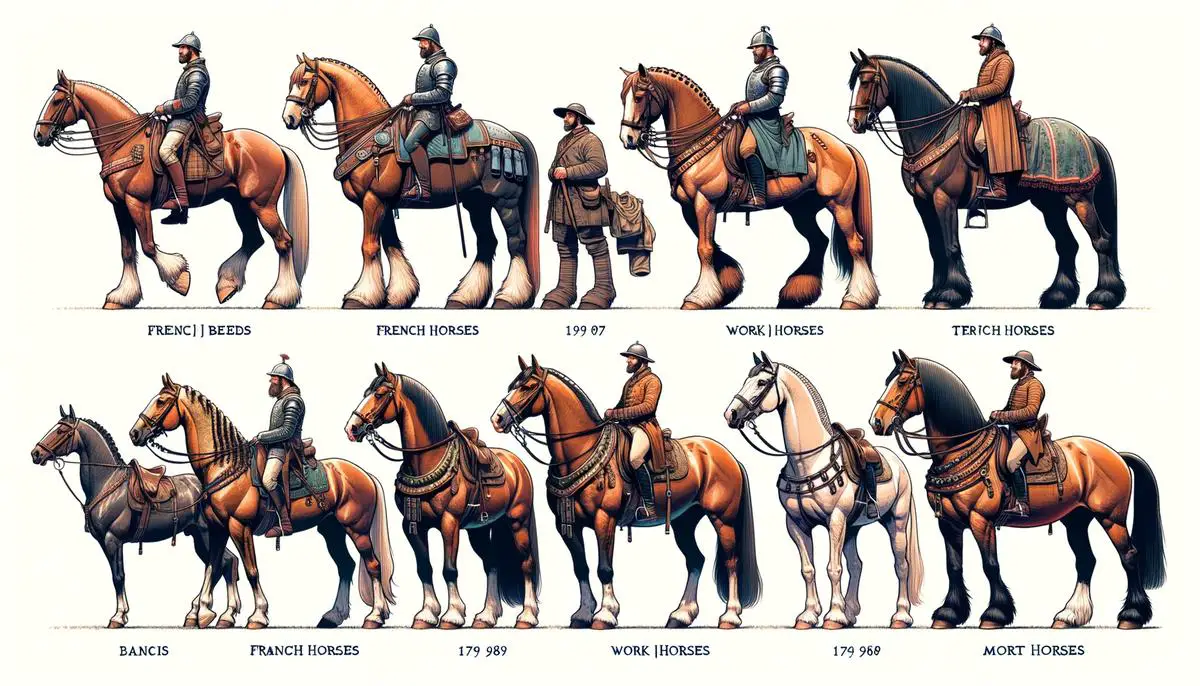French horse breeds have a rich history that reflects the changing needs and advancements of human society. From their roles in battle and agriculture to their significance in sports and leisure today, these breeds demonstrate remarkable versatility and resilience. Their story is one of continuous adaptation to the evolving requirements of the environments and tasks they are presented with.
Table of Contents (Horspedia)
History and Evolution of French Horse Breeds
The Evolution of French Horse Breeds: From Battlefields to Show Rings
French horses have danced through history like well-trained ballerinas, each step an adaptation to the changing landscape of war, agriculture, and now, sport. Tracing their lineage, we see not just animals, but reflections of society’s needs and desires. These elegant creatures have morphed from war machines to farming tools, and finally to the athletes and companions we cherish today.
During the Middle Ages, the destrier was the tank of the battlefield. These muscular horses, heavily armored, carried knights into combat. Their strength was legendary, capable of enduring the weight of a knight in full battle regalia. The destrier was more than a horse; it was a statement of power and prestige. But as gunpowder changed warfare, the destrier’s role diminished. The need for such heavily muscled horses faded, and lighter, more agile breeds took their place.
Enter the Age of Agriculture. The Industrial Revolution was still a few centuries away, but France’s fertile lands were ripe for cultivation. Horses like the Percheron emerged, strong and steadfast, embodying the workhorse ethos. Weighing up to 2600 pounds, these giants pulled plows through dense earth and hauled heavy loads. Their endurance and strength made them invaluable to farmers, and their calm demeanor only added to their appeal.
But progress marches on. Machines eventually took the place of these living tractors, pushing horse breeds towards obsolescence in farming. Yet, as often happens, one door’s closing led to another’s opening. The modern era brought with it a new role for these versatile creatures: sport and leisure.
Today, French breeds like the Selle Français shine in the show jumping arena. Bred from a mix that includes the bloodlines of the sturdy but swift Anglo-Norman and others, these horses combine agility with the courage of their medieval ancestors. Whether clearing towering obstacles in competitions or prancing with precision in dressage, the Selle Français has proven adaptable and adept at meeting the needs of modern-day equestrians.
Leisure riding, too, has given breeds like the Camargue, small but sturdy creatures from the marshes of southern France, a spotlight. Known for their ruggedness and sure-footedness, these horses thrive in the wild, untouched landscapes of their homeland. They are a testament to the enduring bond between humans and horses, one not just of utility but of mutual respect and admiration.
From the armored destrier to the graceful Selle Français, French horse breeds have evolved alongside human society. Each transformation reflects a shift in our own needs and desires, from conquest and cultivation to companionship and competition. These animals have served as a mirror, showcasing the best and sometimes the hardest parts of human history. In their grace and agility, their strength, and their steadfastness, we find reflections of our own journey – a dance through time, with horses leading the way.

Characteristics of Multi-purpose French Horse Breeds
Continuing from where we left off, let’s delve deeper into the characteristics that make French horse breeds a paragon of versatility, beyond their historical evolution and into the traits that set them apart in the modern equestrian world.
Adaptability to Different Disciplines:
French breeds have an uncanny ability to excel across a variety of equestrian disciplines. Take the Selle Français, for instance, known for its prowess in show jumping, yet this breed’s agility and intelligence also make it a top contender in dressage and eventing. This adaptability stems from a selective breeding process that emphasizes not just physical attributes but also temperament.
Strength and Endurance:
Historically, breeds like the Percheron were developed for heavy work, a trait that modern descendants have inherited. Today, this translates into horses with remarkable strength and endurance, making them suitable for everything from hauling to long-distance trail riding. Yet, despite their strength, these horses showcase an elegance in motion, a testament to generations of thoughtful breeding.
Intelligence and Trainability:
French horse breeds are not just physically capable but also mentally sharp. They’re known for their willingness to learn and cooperate, a trait that makes them particularly appealing for both professional and amateur riders. Their intelligence means they can pick up on cues quickly, whether it’s intricate dressage movements or navigating complex showjumping courses, making training sessions more productive and rewarding.
Versatile Physique:
While each breed has its distinctive looks, a common thread among French horse breeds is their versatile physique. They often possess a balanced conformation that lends itself well to both speed and agility—qualities essential for competitive sports and recreational riding alike. This balance ensures that they’re not just specialized in one area but can transition between roles seamlessly.
Temperament:
Perhaps one of the most cherished characteristics is their temperament. Breeds like the Camargue are celebrated for their calm and gentle nature, making them excellent companions for leisure riding and therapeutic programs. This temperament, combined with their physical capabilities, creates a horse that’s not just an athlete but also a partner.
In the modern equestrian landscape, where the demands on horses are as diverse as ever, the characteristics of French horse breeds shine brightly. From the show ring to the open field, these horses demonstrate time and again why they continue to be revered for their versatility. Their historical legacy, combined with these innate traits, ensures they remain at the heart of equestrian sport and leisure, embodying the spirit of adaptability and excellence. Their story is not just one of adaptation to human needs but of thriving in diversity, making each ride a testament to centuries of evolution and partnership between horse and rider.

Prominent Multi-purpose French Horse Breeds
In the intricate tapestry of French culture, horses have always held a prestigious thread, symbolizing strength, elegance, and adaptability. Among the plethora of breeds that France has nurtured, some have distinctly risen to prominence for their multifaceted roles across various disciplines, embodying the essence of versatility. Diving into this realm, we explore breeds that stand as a testament to French heritage and equine excellence.
One breed that commands respect for its remarkable adaptability and versatility is the French Trotter. Born out of the strategic crossing between the native Norman horses and Thoroughbreds, the French Trotter is a pinnacle of equine athleticism and resilience. Primarily celebrated for its dominance in harness racing, this breed showcases a unique combination of speed, endurance, and a tireless work ethic. However, the French Trotter’s talents are not confined to the racetrack. Its exceptional trainability and gentle temperament make it a popular choice for leisure riding and even dressage, illustrating how this breed has evolved beyond its racing roots to captivate the hearts of equestrians in various disciplines.
Another breed that exemplifies the French knack for breeding versatile horses is the French Anglo-Arab. As the name suggests, the breed is a harmonious blend of the esteemed Arabian and Thoroughbred bloodlines, resulting in horses with not only breathtaking beauty but also formidable athleticism. The French Anglo-Arab excels in a variety of equestrian sports, most notably eventing and endurance riding. Their innate stamina, coupled with an agile physique, allows them to tackle the demanding challenges of cross-country courses, while their keen intelligence and willingness to learn make them adept at the precision required in dressage. This breed’s adaptability and diverse skill set have cemented its status as a favorite among competitive and recreational riders alike.
Shifting focus from the fast-paced world of racing and sport to the serene backdrop of agricultural and ceremonial roles, the Breton horse emerges as a symbol of enduring strength and versatility. Originating from Brittany, this powerful draft breed was initially used in farming and hauling. Despite the decline in demand for workhorses due to mechanization, the Breton has found new avenues to showcase its capabilities. Today, Bretons are involved in forestry, an arena where their formidable strength and gentle nature are invaluable. Furthermore, their calm demeanor and robust build make them ideal participants in traditional ceremonial and parade roles, demonstrating a graceful transition from field workers to cultural ambassadors.
As we delve into the rich lineage and contemporary relevance of these breeds, it becomes evident that the versatility of French horses is not merely a trait but a reflection of centuries of thoughtful breeding and adaptation. From the swift strides of the French Trotter and the elegant versatility of the French Anglo-Arab to the multifaceted strength of the Breton, these breeds exemplify the enduring relationship between humans and horses. They serve as a reminder of the horse’s unparalleled ability to transcend roles, adapting to the changing tides of time while continuing to captivate and inspire.

Conservation and Modern Challenges
French horse breeds face a kaleidoscope of challenges today, from genetic diversity issues to the changing landscape of the equestrian world. Despite their storied history and adaptability, these noble animals are navigating a world vastly different from the one their ancestors knew. This transition has sparked concern, innovation, and adaptation within the equine community, aiming to secure a bright and sustainable future for these breeds.
One of the primary hurdles for French horse breeds is the threat to their genetic diversity. With the advent of modern breeding practices focusing on performance, there’s a risk of narrowing the gene pool. Such practices can lead to a higher incidence of genetic disorders and decreased overall population vigor. Conservation efforts are now more crucial than ever, with breeding programs emphasizing not just the athletic prowess but also the health and genetic diversity of these breeds. These programs meticulously track bloodlines and encourage breeding decisions that preserve the unique characteristics of each breed while safeguarding their health.
The economic challenges cannot be overstated. The upkeep of horses is no small financial endeavor, and with the shifting tides of the economy, many breeders find themselves in precarious positions. The French government and various equine organizations have stepped up, providing subsidies and financial assistance to breeders. This support helps maintain the breeds’ standards and ensures that the cultural heritage they represent persists.
Changing societal interests have also reshaped the landscape for French horse breeds. As the practical use of horses in agriculture and transport wanes, recreational riding, and competitive sports have taken the forefront. This shift means breeds that were once staples of the French countryside for their work ethic now must adapt to roles in dressage, show jumping, and leisure riding. Adaptability becomes a key survival trait, with breeds like the Selle Français leading by example in their versatility across different equestrian disciplines.
French horse breeds are also navigating the challenges of habitat and environmental changes. Urban expansion eats away at the countryside, reducing grazing lands and natural habitats. Conservation of these breeds goes hand in hand with environmental stewardship, promoting sustainable farming practices and the preservation of green spaces that support equine populations.
To address these multifaceted challenges, collaboration across various sectors is imperative. Researchers, breeders, and enthusiasts are banding together, pooling resources and knowledge to ensure the survival and flourishing of French horse breeds. From cutting-edge genetic research to innovative breeding programs and public awareness campaigns, concerted efforts are underway to address the challenges head-on.
In the realm of competitive sports, French horse breeds are proving their mettle, with strategic breeding programs aimed at enhancing their athletic capabilities while ensuring genetic diversity. These programs are a testament to the resilience and adaptability of these breeds, ensuring they remain relevant and competitive on the global stage.
Moreover, the cultural significance of these breeds is being leveraged to foster a deeper connection between the public and France’s equestrian heritage. Festivals, exhibitions, and educational programs highlight the historical and contemporary roles of these breeds, promoting a broader understanding and appreciation.
As French horse breeds gallop into the future, they embody a dynamic synthesis of tradition and innovation. The challenges they face are met with ingenuity, passion, and a deep-seated reverence for their legacy. Through concerted efforts from all corners of the equestrian community, these breeds are not just surviving; they are thriving, adapting, and continuing to capture the hearts of horse enthusiasts around the world.

French horse breeds, with their impressive legacy and broad skill set, remain at the forefront of the equestrian world, showcasing their versatility, strength, and elegance. The efforts made to preserve their genetic diversity, adapt to economic shifts, and meet the challenges of modern equestrian demands underscore their ongoing importance. These breeds stand as living symbols of history, adaptability, and the enduring bond between humans and horses. Their continued relevance and significance in various spheres serve as a reminder of the rich tapestry of heritage and evolution that defines them.
